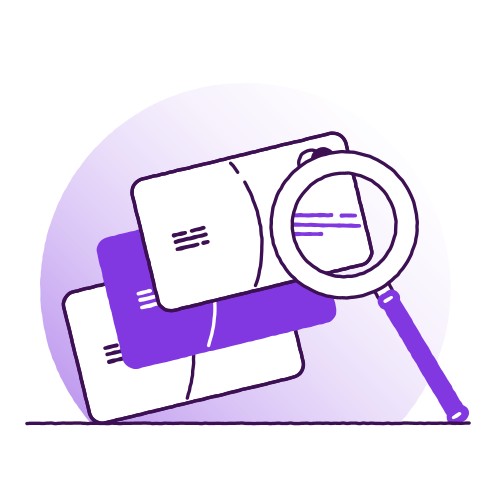How this page can help you

What is identity theft?
Identity theft is when a fraudster steals enough of your personal information to impersonate you. They then apply for loans, credit cards and other services in your name.
Unexpected account withdrawals
You’ve seen payments on your bank statement that you don’t recall making.
Letters go missing in the post
This could be a sign that your mail has been re-directed to a fraudster.
Loan or credit card application rejections
You know you’ve got a good credit score but you can’t seem to get credit.
Bills for accounts you never opened
You have received emails or letters for services you know you haven't taken.
Sudden calls from debt collectors
This could be a sign that that someone might have applied for credit in your name.
Strange errors on your credit report
Your credit score unknowingly drops or you notice new accounts and credit appear on your report.
What you can do to prevent identity theft
-
01
Regularly check your credit card and bank statements. Stay on the lookout for things you didn't do, and charges you don’t recognise.
-
02
Be careful what you're sharing on social media. Fraudsters can use your posts as a gateway to your data
-
03
Keep an eye on your credit score. Credit reference agencies can help you check if someone has opened a new account, or taken out a loan or credit card in your name.
-
04
Keep your personal documents safe. Throwing documents away? Use a shredder.
Social engineering
Social engineering is the way fraudsters manipulate people so that they hand over personal information.
Fake telephone calls
Fraudsters call often pretending to be from the bank and encourage you to give your personal details, such as PIN, Mobile Banking and card reader codes.
Security centre
Our hub for all things fraud and scam related. Find out the latest trends
